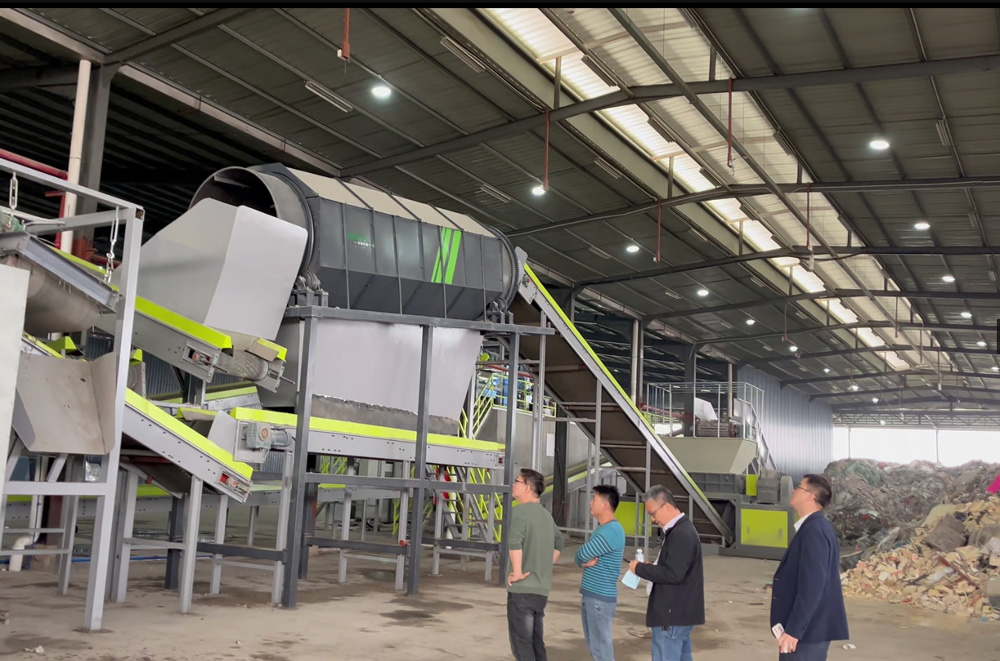 Time:2025-03-12
Time:2025-03-12
 Source:青绿环境
Source:青绿环境
During construction, demolition, and renovation processes, a large amount of construction waste is generated. Traditional disposal methods not only waste resources but also pose serious environmental hazards. The emergence of construction waste sorting devices provides an effective solution to these problems.

How Construction Waste Sorting Devices Work
Construction waste sorting devices primarily rely on physical and mechanical principles to separate and classify various components of construction waste. These devices typically consist of a feeding system, crushing system, screening system, sorting system, and collection system.
1. Feeding System: This part is responsible for evenly and steadily conveying construction waste into the sorting device.
2. Crushing System: A core component of the device, it uses various crushers (such as jaw crushers and cone crushers) to break large pieces of waste into smaller particles for subsequent sorting. Uniform particle size after crushing improves sorting efficiency.
3. Screening System: Based on particle size, this system uses screens with different aperture sizes to divide waste into various fractions. For example, larger particles might be uncrushed building components, while smaller ones could be fine aggregates or powdery materials. The screening effect can be optimized by adjusting the screen's inclination angle and vibration frequency.
4. Sorting System: This part separates waste based on different material properties such as density, magnetism, and electrical conductivity. Common sorting methods include air separation (using differences in settling velocity in airflow to separate materials by density), magnetic separation (for waste containing ferromagnetic substances), and flotation (separating materials based on differences in surface hydrophobicity when mixed with water or chemicals).
5. Collection System: This collects sorted materials and transports them to corresponding storage or processing areas. After processing, construction waste can be reused to produce materials like aggregates and recycled bricks, facilitating a circular economy.
Benefits of Construction Waste Sorting Devices
The application of construction waste sorting devices offers significant economic and social benefits. It reduces waste disposal costs, decreases land occupation, and protects the environment. In summary, these devices play an increasingly important role in the field of construction waste management.













 Prev
Prev











